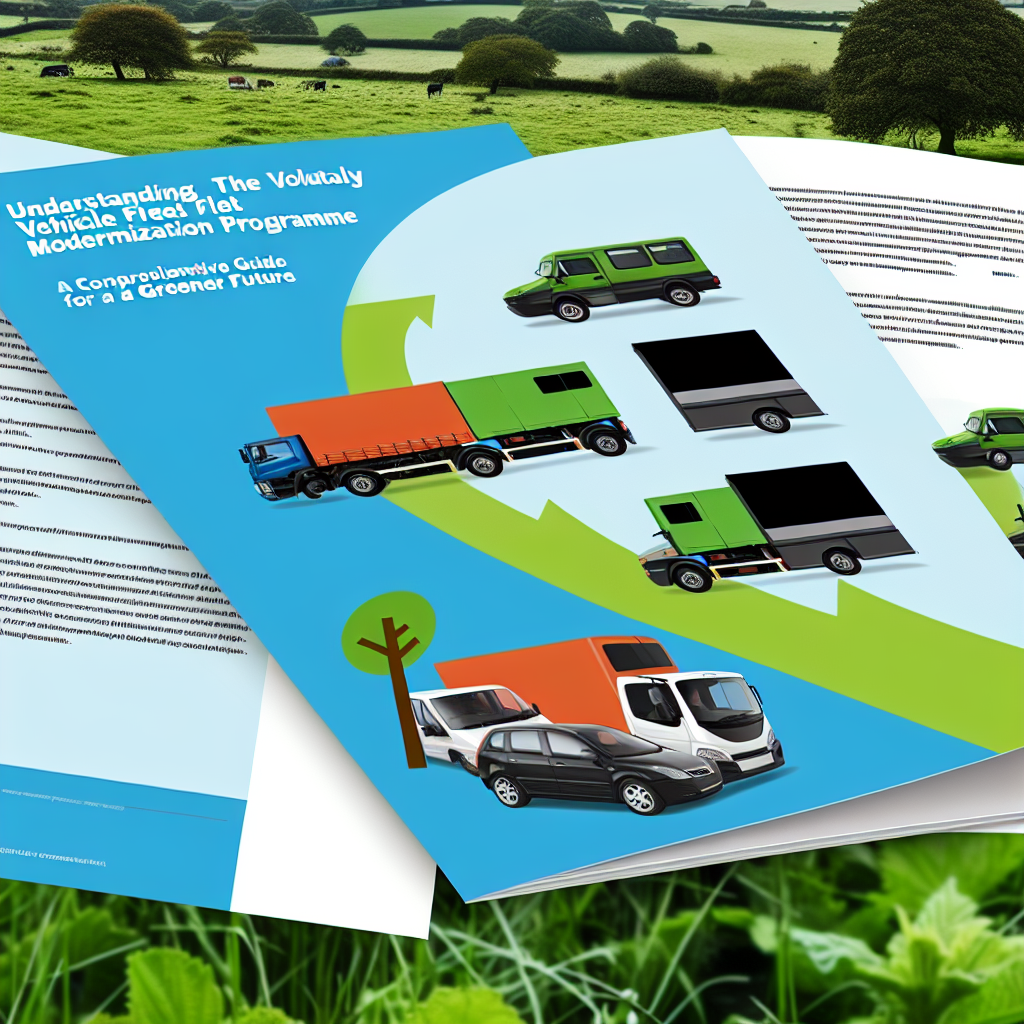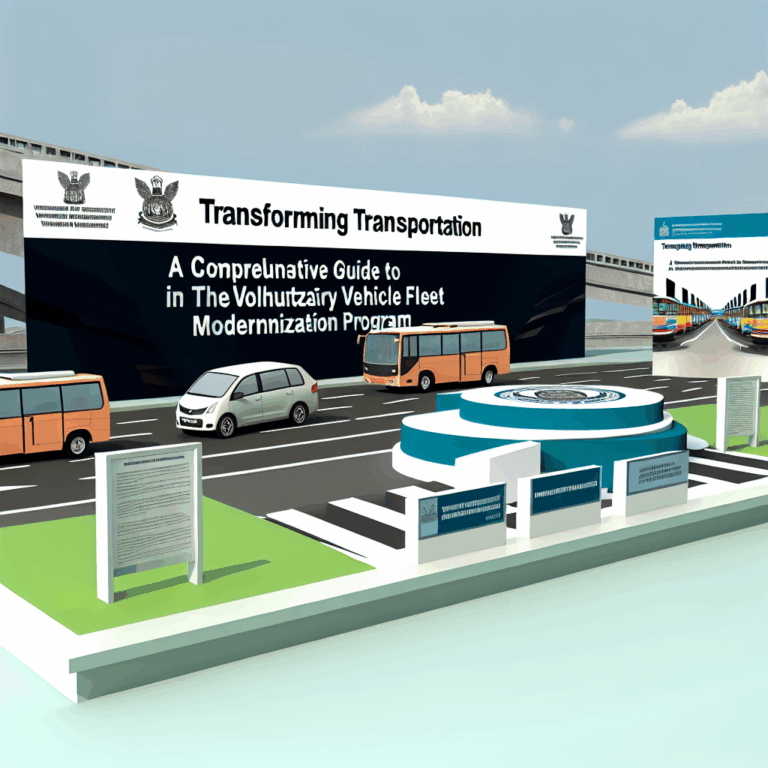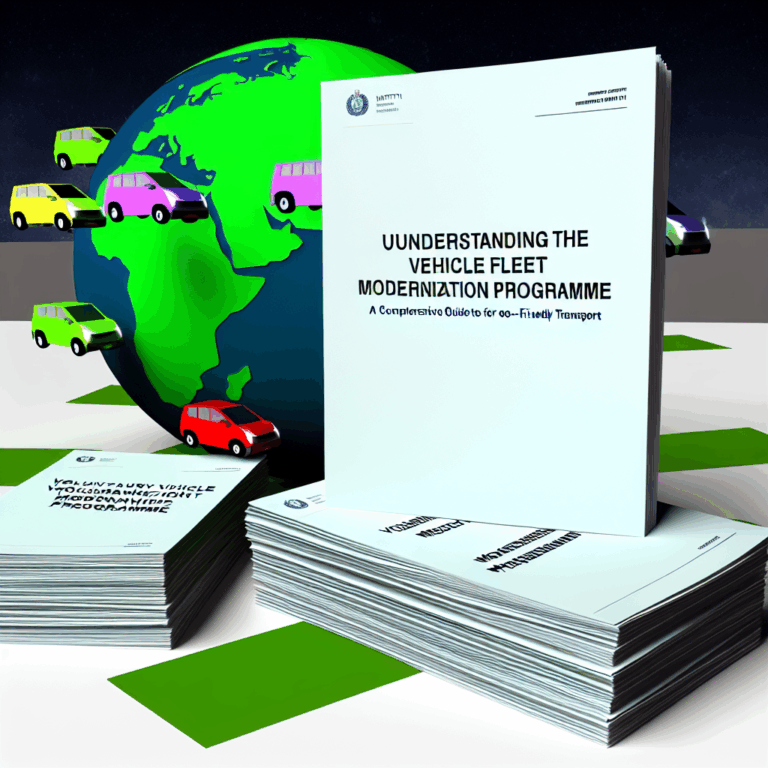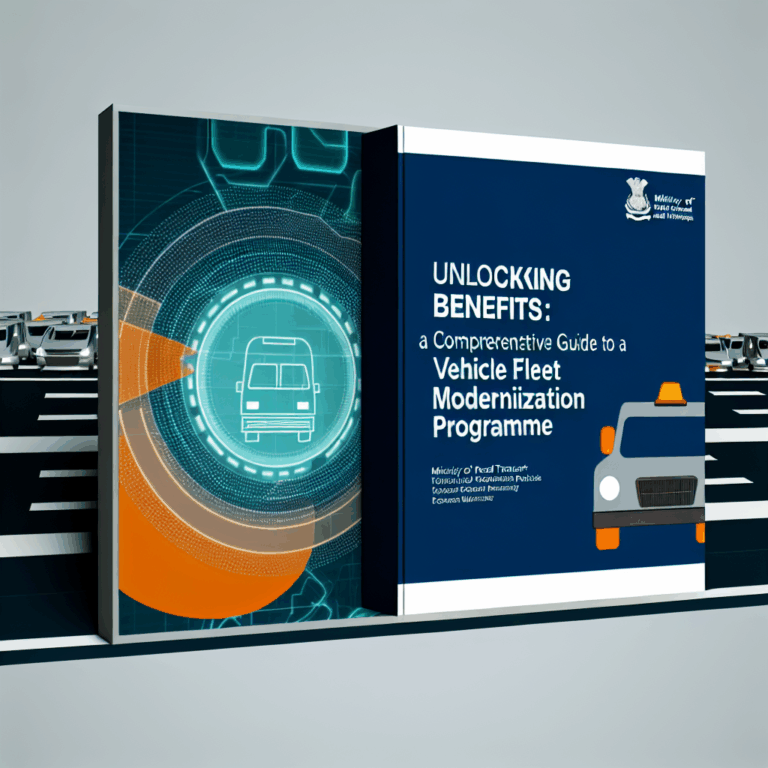Copyright @ 2023 www.digimitr.com. All rights reserved.

Understanding the Voluntary Vehicle Fleet Modernization Programme: A Comprehensive Guide to MORTH’s Initiative for a Greener Future
Explore the important features of the government scheme titled “Understanding the Voluntary Vehicle Fleet Modernization Programme: A Comprehensive Guide to MORTH’s Initiative for a Greener Future”. This program is managed by the relevant ministry and aims on providing benefits to eligible beneficiaries.
Here is a comprehensive overview:
The Indian government has recognized the pressing need for sustainable transport solutions in the face of rising pollution levels and increasing vehicle emissions. In pursuit of a greener future, the Ministry of Road Transport and Highways (MORTH) has initiated the Voluntary Vehicle Fleet Modernization Programme (VVMP). This initiative aims to replace older, more polluting vehicles with modern, fuel-efficient alternatives. The VVMP represents a crucial step toward reducing the carbon footprint of the transportation sector, enhancing air quality, and promoting environmental sustainability across the nation.
Eligibility Criteria
To participate in the Voluntary Vehicle Fleet Modernization Programme, vehicle owners must meet specific eligibility criteria. The program primarily targets private and commercial vehicle owners who possess vehicles that meet age and emission standards. Typically, vehicles that are older than 10 to 15 years qualify for the program. Additionally, vehicles must be registered in India and equipped with standard documentation, such as the Registration Certificate (RC), Pollution Under Control (PUC) certificate, and other relevant proof of ownership. By focusing on older vehicles, the initiative aims to phase out those that substantially contribute to pollution levels.
Key Features and Benefits
The VVMP is packed with features designed to encourage sustainable practices and modernize the vehicle fleet. One of the program’s significant aspects is the incentive structure, where participants receive financial benefits when they scrap their old vehicles. This provides a compelling reason for vehicle owners to engage in the program. Notably, the program emphasizes fuel efficiency, safety, and advanced environmental standards for new vehicles. Furthermore, the initiative offers benefits not only to individual vehicle owners but also extends to society at large by contributing to a cleaner urban environment.
Benefits include:
- Financial Incentives: Participants can avail cash incentives upon scrapping eligible vehicles.
- Reduced Emissions: New vehicles will have lower emissions, contributing significantly to air quality improvements.
- Safety Enhancements: Modern vehicles typically come equipped with advanced safety features, reducing the likelihood of accidents.
- Economic Growth: The initiative encourages growth in the automotive industry, promoting research and development in cleaner technologies.
Application Process
The application process for the VVMP is streamlined to encourage maximum participation. Interested vehicle owners must first register online on the MORTH website or visit designated offices. Upon registration, they will need to submit necessary documents such as the RC, PUC certificate, and other ownership proof. Following verification, participants can schedule an appointment for scrapping their old vehicle at authorized centers. It’s crucial to ensure all paperwork is in order to avoid delays. Once the old vehicle is scrapped, participants will receive a certificate confirming the destruction, which also facilitates the disbursement of the financial incentive for new vehicle purchase.
Funding and Budget
The VVMP is supported by a well-structured budget to ensure its effective implementation. The Indian government has allocated a specific fund to provide incentives for scrapping older vehicles and promoting greener alternatives. The budget encompasses not just direct financial incentives but also funds for supporting infrastructure, such as scrapping centers and public awareness campaigns. The government’s financial backing is critical for sustaining the program and ensuring that it can reach its targeted participation levels across various states and union territories.
Achievements or Impact
Since its inception, the Voluntary Vehicle Fleet Modernization Programme has made significant strides toward achieving a greener transport system. Several thousand older vehicles have been scrapped, resulting in lower emissions, improved air quality, and an overall enhancement in public health. The initiative has also catalyzed technological advancements within the automotive industry, prompting manufacturers to develop more sustainable vehicle options. By driving consumer behavior toward cleaner alternatives, the VVMP has set a precedent for other countries to follow, showcasing effective government intervention in pollution control.
Challenges (if any)
While the VVMP has garnered positive feedback, it has also encountered challenges that impact its effectiveness. One of the primary hurdles is the general reluctance of vehicle owners to part with their older vehicles due to sentimental value or perceived costs associated with purchasing new vehicles. Additionally, disparities in awareness and accessibility in rural versus urban areas can create uneven participation rates. Despite these challenges, localized awareness campaigns and targeted outreach efforts have been initiated to address these concerns, emphasizing the benefits of upgrading to modern vehicles.
Recent Updates
The VVMP continues to evolve, with regular updates aimed at improving its implementation and expanding its reach. Recently, MORTH announced collaborations with private automobile manufacturers to offer additional incentives, such as discounts or promotional offers on new vehicle purchases. There have also been discussions about easing the paperwork requirements to make the enrollment process more user-friendly. Furthermore, the government is exploring partnerships with local municipalities to set up more scrapping centers, thereby increasing accessibility for vehicle owners across the country.
Conclusion
The Voluntary Vehicle Fleet Modernization Programme stands as a landmark initiative by MORTH toward fostering a sustainable future for India’s transportation sector. By incentivizing the scrapping of older, polluting vehicles and promoting the adoption of modern technology, the program addresses crucial environmental challenges while propelling economic growth in the automotive industry. While it faces challenges, the government’s proactive measures to enhance participation and streamline processes indicate that the initiative is well on its path to success. With continued commitment and engagement, the VVMP can indeed pave the way for a cleaner and greener India.
FAQ
1. What types of vehicles qualify for the VVMP?
Vehicles that are typically older than 10 to 15 years and meet specific emission standards qualify for the program. This includes both private and commercial vehicles registered in India.
2. What financial incentives are available through the VVMP?
Participants in the VVMP can receive cash incentives upon scrapping their old vehicles, which can significantly offset the cost of purchasing a new, more environmentally friendly vehicle.
3. How can I apply for the VVMP?
Interested vehicle owners can apply through the MORTH website or at designated offices by submitting required documentation, including the Registration Certificate and Pollution Under Control certificate. After verification, participants can schedule an appointment to scrap their old vehicle.
For more information, check out official government site,
Official government website or relevant source not provided.
Stay updated on related schemes and initiatives using hashtags: #Understanding #Voluntary #Vehicle #Fleet #Modernization #Programme #Comprehensive #Guide #MORTHs #Initiative #Greener #Future
Join the discussion about this scheme in the comments below!





